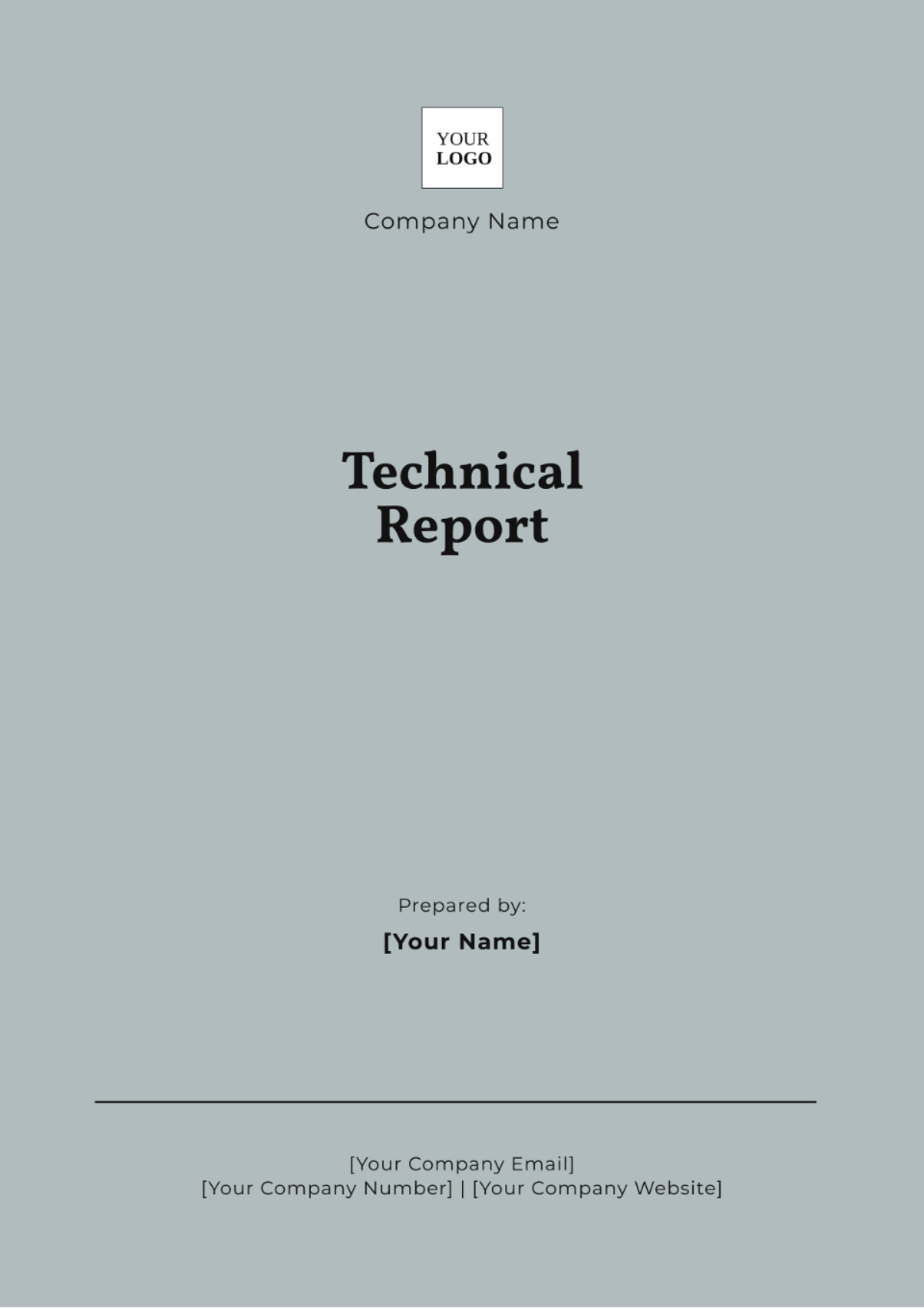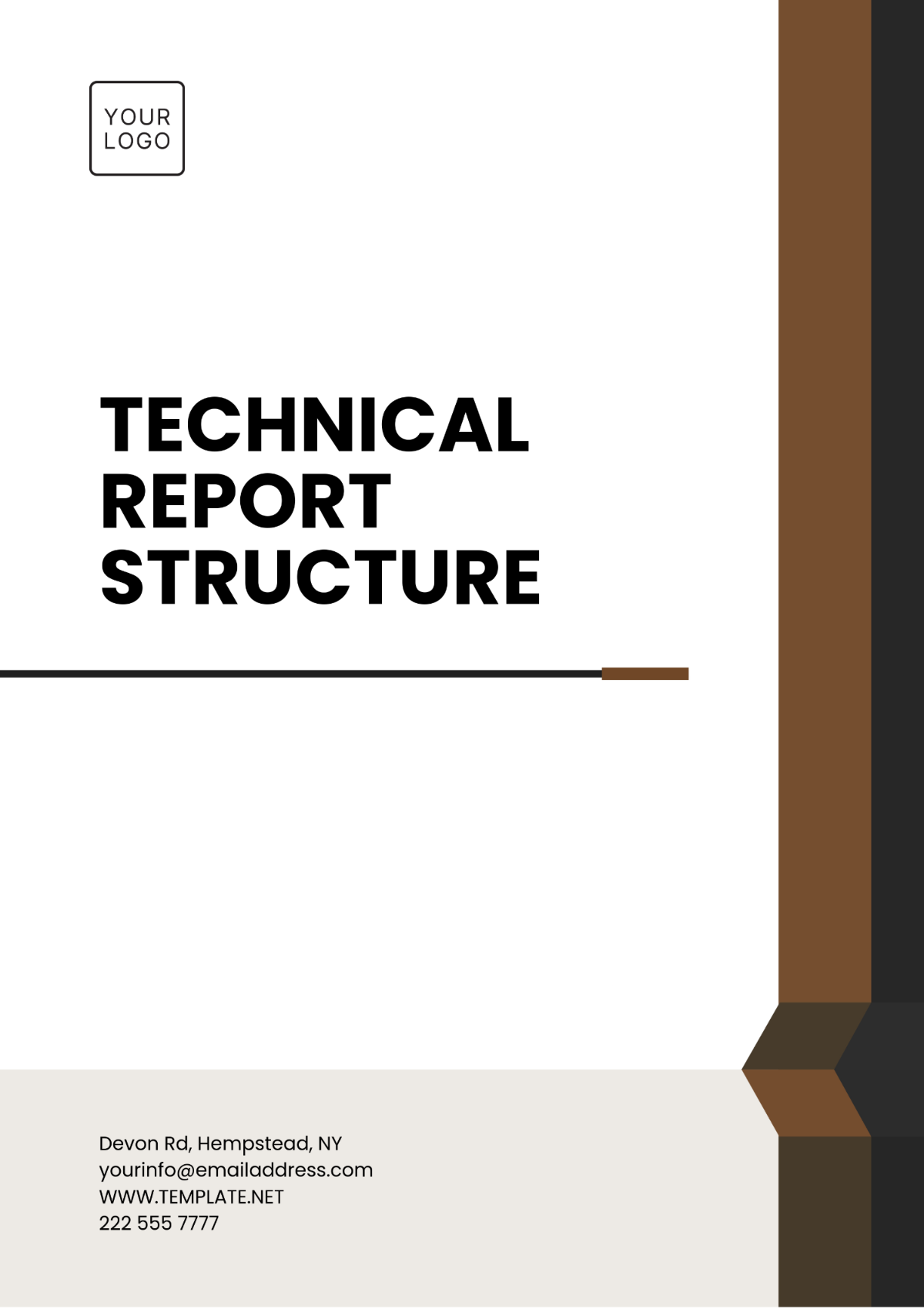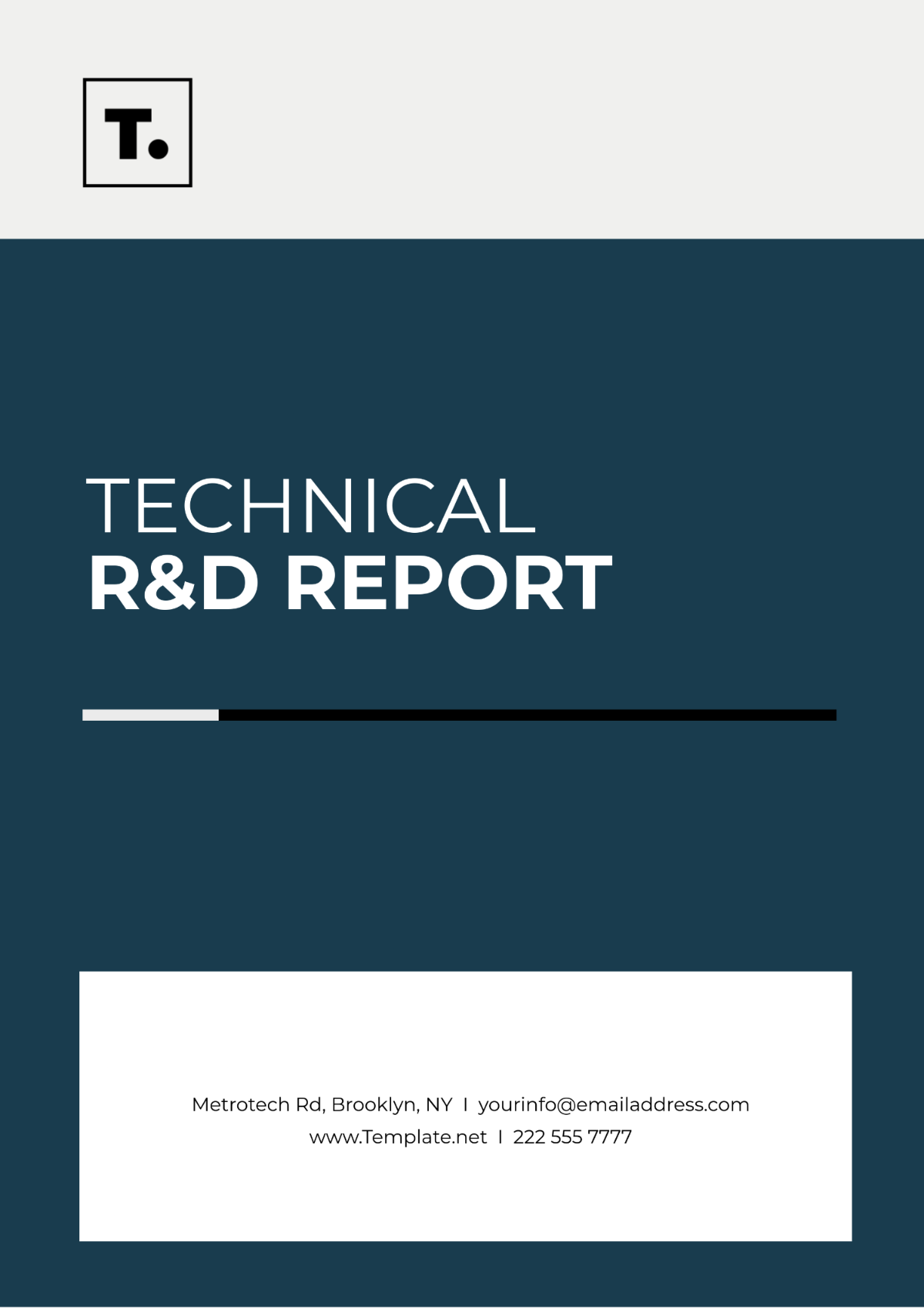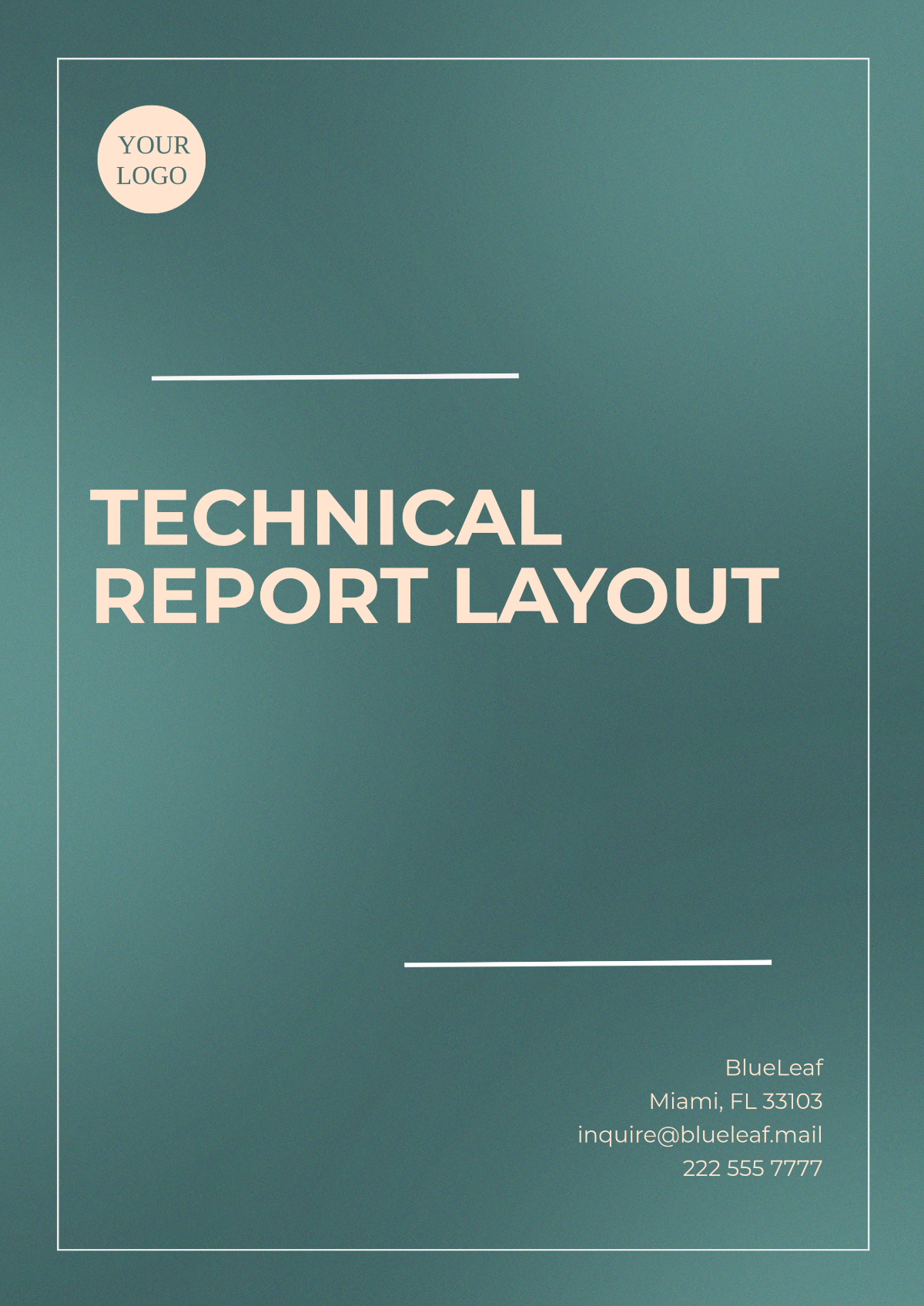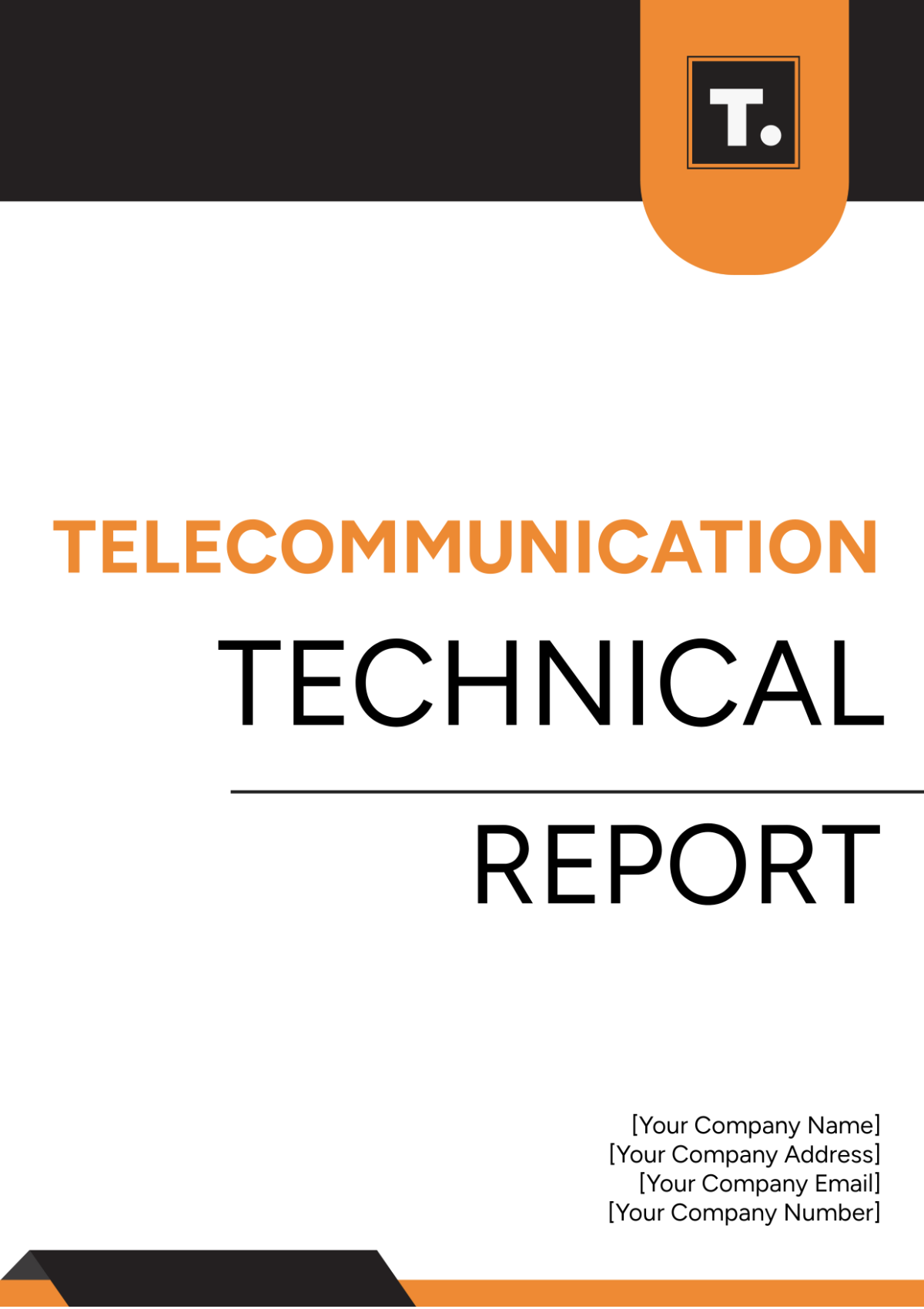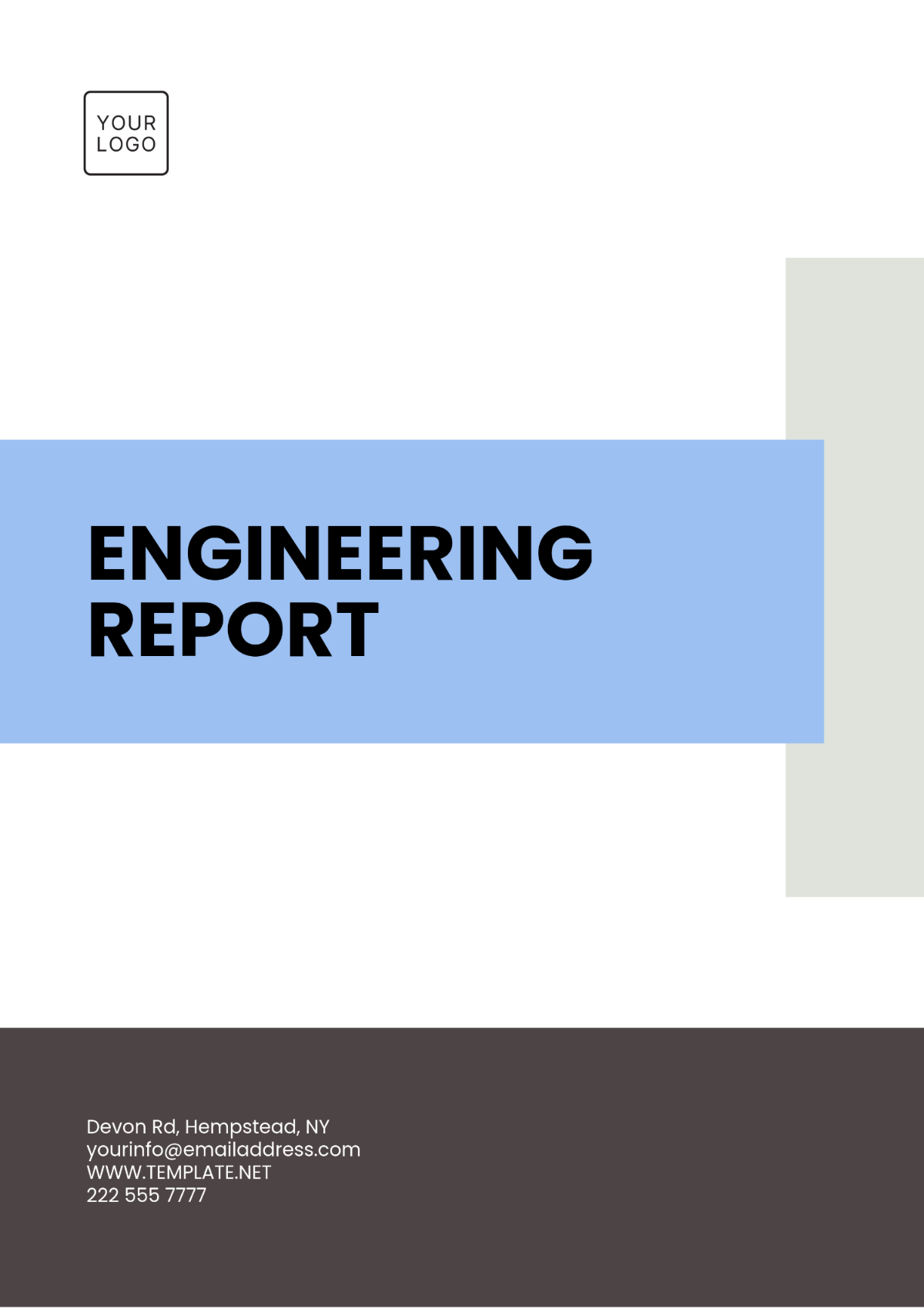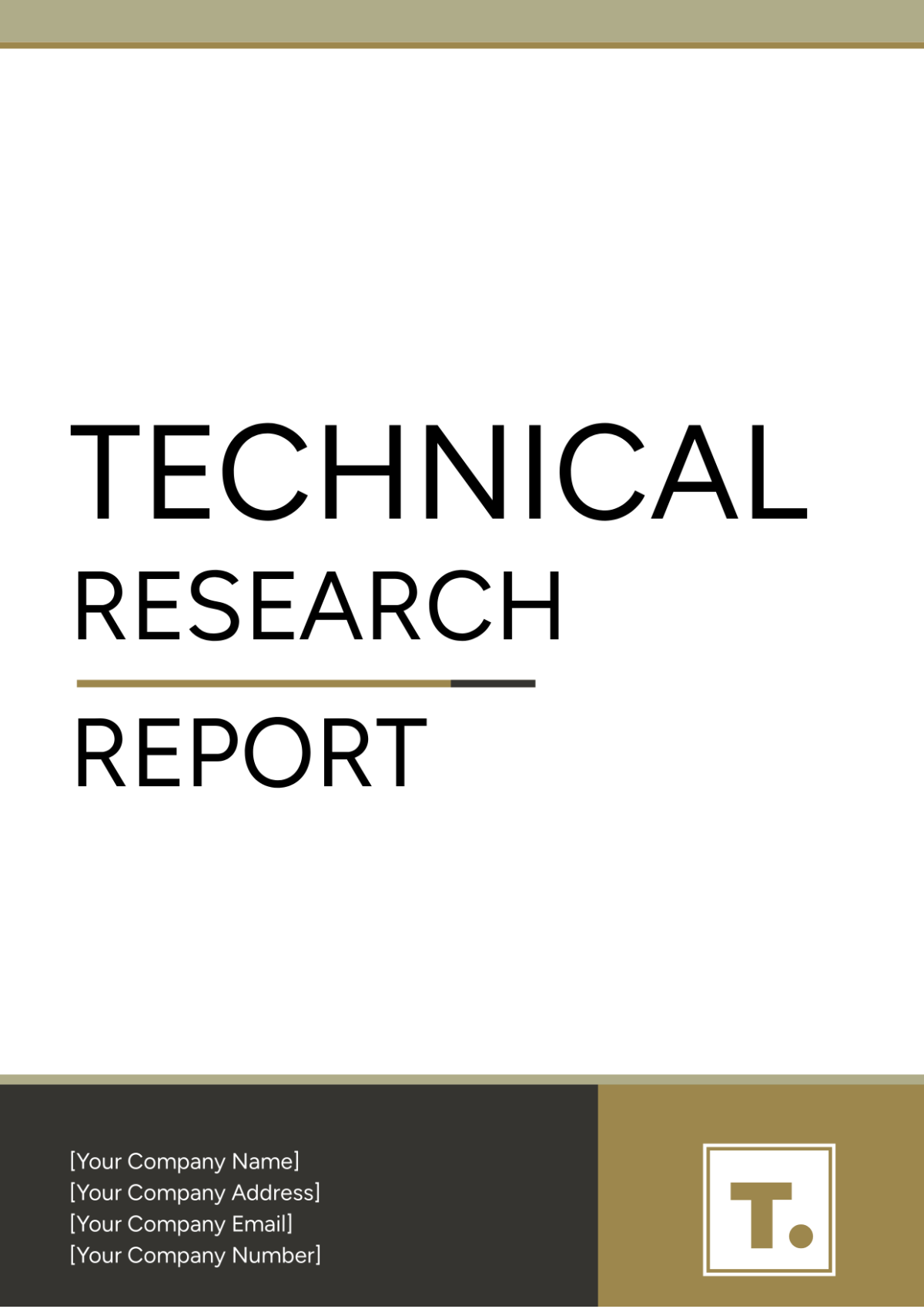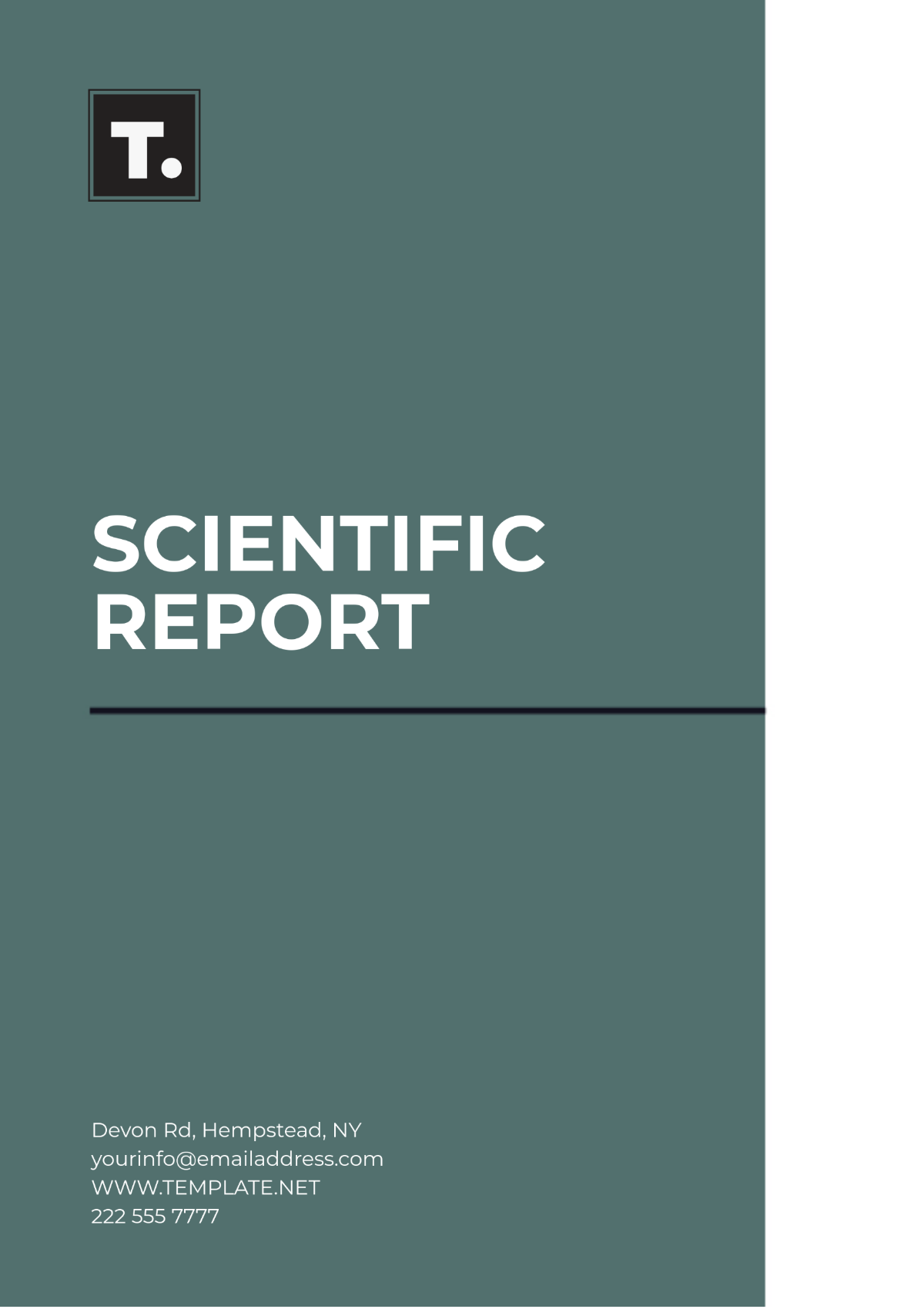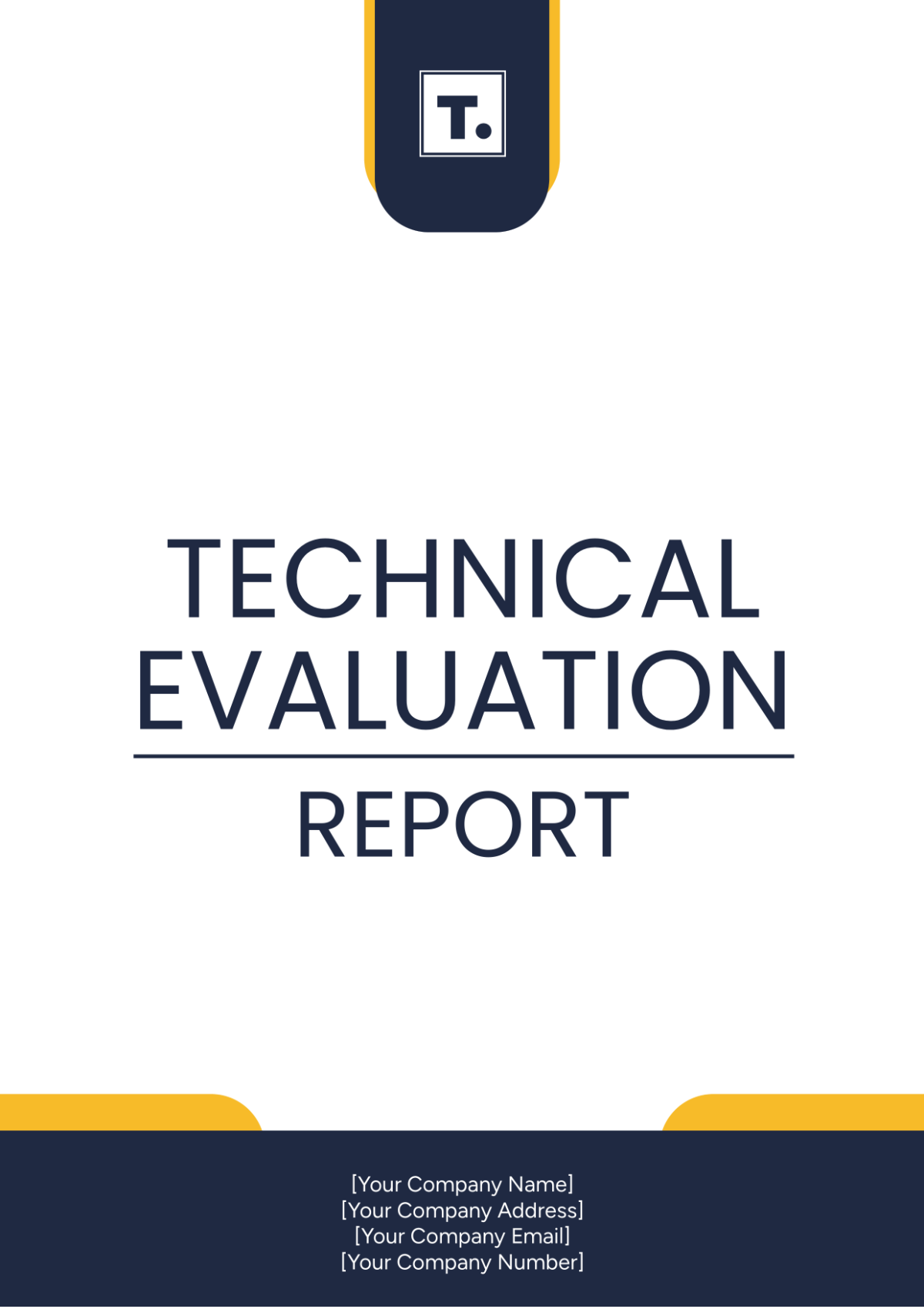Geotechnical Engineering Lab Report
Abstract
This lab report presents the findings from a series of experiments conducted to determine the geotechnical properties of soil samples. The primary objectives included the determination of soil texture, Atterberg limits, compaction characteristics, and shear strength. Standard procedures were utilized to ensure the accuracy and reliability of the results. The findings are critical for construction purposes, providing insights into the suitability of the soil for various engineering applications.
Introduction
The purpose of geotechnical engineering is to evaluate soil properties and their behavior under different conditions. Understanding soil characteristics is essential in designing foundations, retaining structures, and other constructions. This report encompasses various tests performed on soil samples to determine properties that are crucial for engineering analysis and design.
Materials and Methods
Materials
Soil samples
Apparatus for sieve analysis
Atterberg limits devices (liquid limit device, plastic limit roller)
Proctor compaction apparatus
Direct shear test apparatus
Moisture cans
Balance and weighing scale
Drying oven
Methods
Sieve Analysis
The sieve analysis was performed to determine the grain size distribution of the soil samples. The procedure involved the following steps:
Weighing the dry soil sample
Passing the soil through a stack of sieves of decreasing mesh size
Weighing the amount of soil retained on each sieve
Calculating the percentage of soil retained on each sieve
Plotting the grain size distribution curve
Atterberg Limits
The Atterberg limits tests included the determination of liquid limit (LL) and plastic limit (PL). The steps were as follows:
Liquid Limit
Preparing a soil paste
Placing the paste in a liquid limit device
Grooving the soil and counting the number of blows to close the groove
Repeating the process to obtain multiple readings
Plotting a flow curve and determining the LL from the curve
Plastic Limit
Rolling a soil thread until it crumbles at a 3mm diameter
Repeating to obtain an average plastic limit
Compaction Test
The compaction characteristics of the soil were evaluated using the Standard Proctor test. The procedure included:
Placing the soil in three layers into a mold
Compacting each layer with 25 blows of a standard hammer
Measuring the weight and volume of the compacted soil
Repeating the test for different moisture contents
Plotting the dry density versus moisture content curve
Shear Strength Test
The shear strength of the soil was determined using the direct shear test apparatus. The procedure included:
Placing a soil sample in the shear box
Applying a normal load and shearing the sample at a constant rate
Recording the shear force at failure
Repeating the test for different normal loads
Plotting the Mohr-Coulomb failure envelope
Results
Sieve Analysis
Sieve Size (mm) | Weight Retained (g) | Percent Retained (%) | Cumulative Percent Retained (%) | Percent Finer (%) |
|---|---|---|---|---|
4.75 | 50 | 10 | 10 | 90 |
2.00 | 70 | 14 | 24 | 76 |
0.425 | 130 | 26 | 50 | 50 |
0.075 | 150 | 30 | 80 | 20 |
Pan | 100 | 20 | 100 | 0 |
Atterberg Limits
Test | Value |
|---|---|
Liquid Limit | 42% |
Plastic Limit | 22% |
Plasticity Index | 20% |
Compaction Test
Moisture Content (%) | Dry Density (g/cm3) |
|---|---|
10 | 1.65 |
12 | 1.75 |
14 | 1.85 |
16 | 1.90 |
18 | 1.88 |
Shear Strength Test
Normal Load (kPa) | Shear Strength (kPa) |
|---|---|
50 | 30 |
100 | 60 |
150 | 90 |
Discussion
The results from the sieve analysis indicate that the soil sample predominantly comprises medium to fine sand, with a significant percentage of fines. The Atterberg limits suggest a medium plasticity soil, with a plasticity index of 20%. The compaction test results show that the optimum moisture content is approximately 16% with a maximum dry density of 1.90 g/cm3. The direct shear test results indicate a linear relationship between the normal load and shear strength, confirming the soil's shear parameters.
The data suggests that the soil has good compaction characteristics and moderate shear strength, making it suitable for subgrade and foundation purposes in construction. However, further tests such as consolidation and permeability tests might be required for a more comprehensive assessment depending on specific project needs.
Conclusion
Various geotechnic tests were performed to evaluate the properties of the soil sample. The findings from sieve analysis, Atterberg limits, compaction tests, and shear strength tests point towards a soil type that is suitable for use in construction, especially for subgrade and foundation applications. Future work may include additional testing for a more detailed understanding of the soil's behavior under different environmental conditions.
